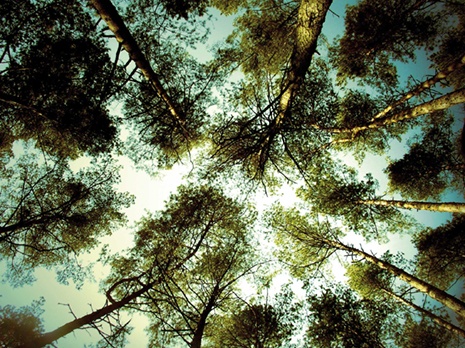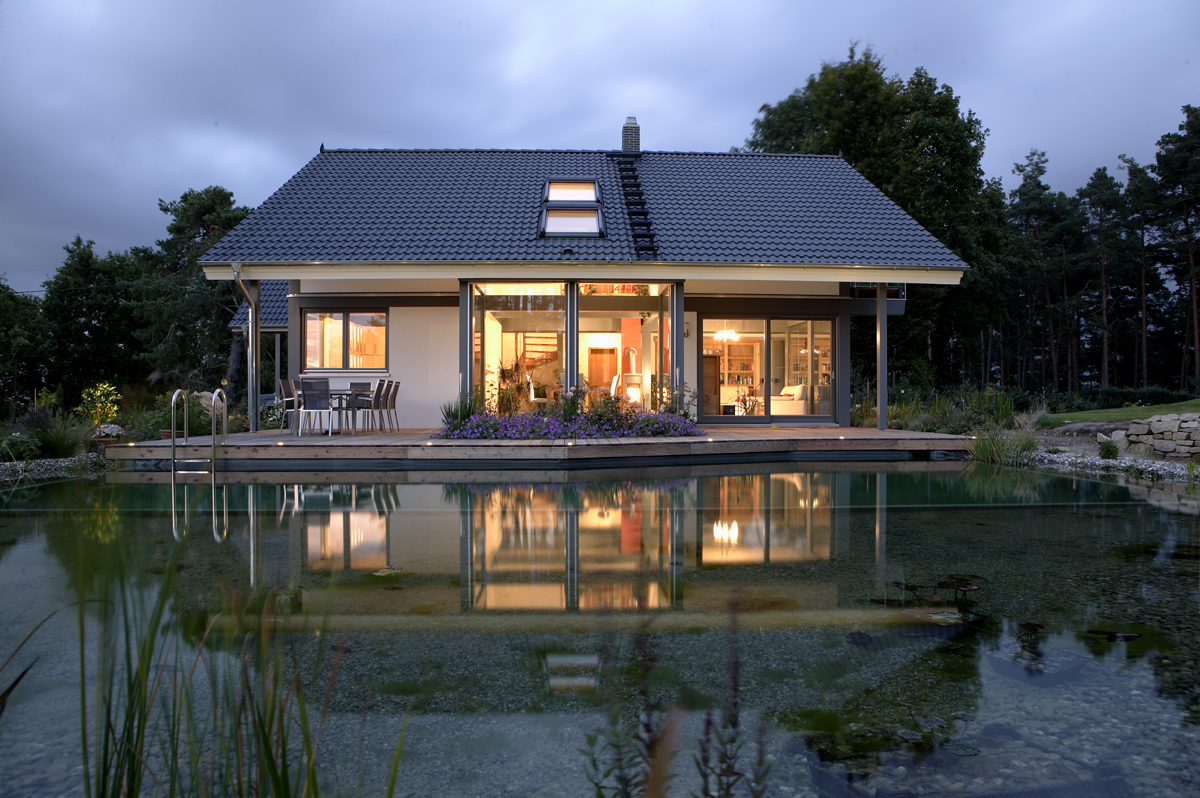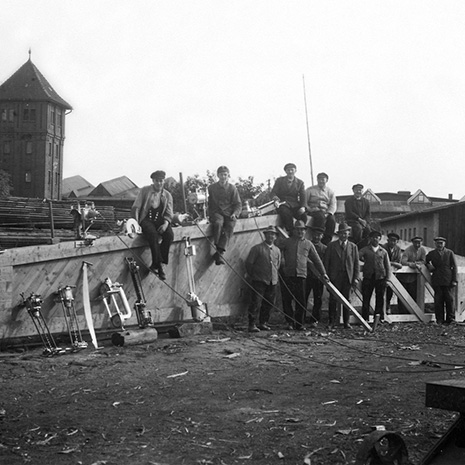Natural building materials reduce the greenhouse effect

If you decide to build a timber frame house, you are making a positive contribution to protecting the climate. The use of wood as building material removes a considerable amount of CO2 from the atmosphere, as scientists working on an environmental performance evaluation of wood have discovered.

"Wood is a low energy building material, in many different ways. Firstly, working with wood uses less energy than conventional building processes; secondly, the very nature of wood offers excellent insulation and thus saves heating energy, and thirdly, wooden buildings store CO2 over a long period", states the Managing Director of the German Industry Federation for Timber Frame construction, Dirk-Uwe Klaas. Analyses carried out by the Federal Research Institute for Forestry and Timber in Hamburg, and by research institutes in Finland and Switzerland, confirm the important function of long-lasting timber products as natural CO2 storage elements.
The German research confirms the excellent environmental performance of wood as a building material. One single metric tonne of fir - the wood most commonly used in timber frame construction - removes up to 1.85 tonnes of CO2 from the atmosphere while it is growing in the forest, and stores it. "A modern timber frame home with 140 sqm living space contains approx. 15 tonnes of wood and wood products. It therefore removes 27 tonnes of CO2 from the atmosphere, the equivalent of more than 10 years worth of emissions from a medium-sized car, or 40 flights from Cologne to Mallorca," Klaas calculates.
For many years, the off-site manufacturing industry has succeeded in gradually replacing conventional building materials with wood products. For example, many off-site manufacturers use wood fibre for insulation, which , in a living space of 140 square metres, stores a further 10 tonnes of CO2.
"Building with wood is not only CO2-neutral, it actually reduces the amount of CO2 in the atmosphere. Conventional building materials do not do this, as they not only do not store CO2, but also release greenhouse gases during production and disposal", explains Klaas. Wood, however, removes more CO2 from the atmosphere during the growth period than is released while it is being processed into trimmed timber and timber products.
When a tree is felled using a chainsaw and a tractor, only 0.7% of the amount of CO2 which the tree stored during its growth period is released into the atmosphere. A timber frame house uses less fossil energy in the construction process than conventional buildings, which use considerably more "grey energy" for construction, transport, storage and processing the building materials. The reforestation policy of the forestry industry guarantees the continued storage of CO2, to further improve the atmosphere. "Wood is the building material of the future," says Dirk-Uwe Klaas. Timber stocks in Germany are more extensive than in any other European country, and continue to increase. On average, as much energy is stored in German forests per second as is consumed by driving 100 kilometres in a small car.

